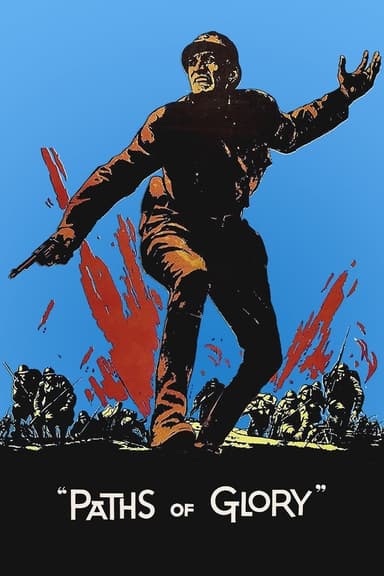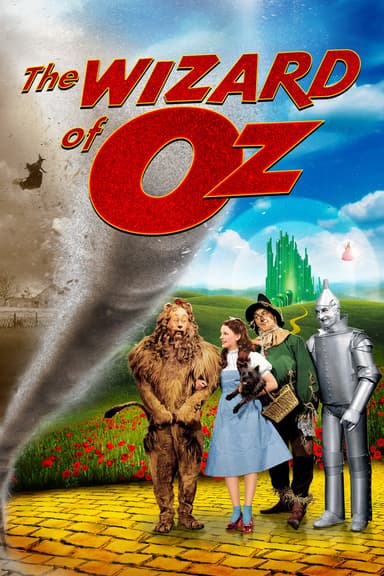
Meet Me in St. Louis
1944 • Comedy, Drama, Family, Romance • G
A year in the life of a turn-of-the-century middle class family, leading up to the opening of the 1904 St. Louis World's Fair.
Runtime: 1h 54m
Why you should read the novel
If you enjoyed the delightful world of 'Meet Me in St. Louis' on screen, you owe it to yourself to explore the source material crafted by Sally Benson. Her novel brings the Smith family's adventures and dreams to life with charm, wit, and an incomparable sense of period detail that deepens every moment. Through episodic stories originally published as '5135 Kensington' in The New Yorker, Benson weaves a vivid tapestry of family, community, and the anticipation buzzing in St. Louis before the 1904 World's Fair.
Reading the book provides richer characterization and atmosphere, letting you dwell on the lovingly described nuances that might be quickly glossed over in the film. Benson's prose effortlessly transports you into the Smith household, where each member's quirks and dilemmas are rendered with warmth and authenticity. You'll find significant moments and minor anecdotes alike, revealing layers of emotion behind every holiday and ordinary day.
For those who love historical novels or simply want a deeper dive into early 20th-century American family life, Benson's 'Meet Me in St. Louis' is a true treat. Settle in with this enchanting book to experience the joys, anxieties, and small victories of the Smith family in ways that even a celebrated musical cannot fully convey.
Adaptation differences
One of the primary differences between Sally Benson’s book and the film adaptation lies in the structure of the story. The book is constructed from twelve short stories—each covering a different month—focusing on episodic and intimate family events throughout the year leading up to the World's Fair. The movie, on the other hand, restructures the plot to fit a more conventional, cohesive narrative centering on specific romantic and melodramatic arcs, which are only hinted at or far less emphasized in the novel.
The characters’ portrayals and roles also differ notably. While both feature the Smith family at the heart, certain traits and storylines are heightened or softened for the film. For example, Esther’s romance with the boy next door receives much greater focus and development in the movie, whereas the book spreads attention more evenly across all family members and gives more page time to sibling antics and everyday misadventures.
In terms of tone, Sally Benson’s writing presents the family’s ups and downs with subtle humor, charm, and occasional bittersweet moments, reveling in authentic slice-of-life details. The film, while maintaining nostalgia, amplifies sentimentality and cheerfulness, adopting a broader style befitting a musical, complete with elaborate song performances and stylized visuals that shape a more idyllic mood.
Lastly, some events and beloved musical moments in the movie were created specifically for the screen. Iconic songs like “Have Yourself a Merry Little Christmas” and “The Trolley Song” don’t appear in the book; their addition profoundly shapes the film’s emotional landscape and holiday associations. Reading Benson’s novel gives you a chance to experience the Smith family’s story in its more understated, original, and literary form, with nuances and narratives untouched by Hollywood’s influence.
Meet Me in St. Louis inspired from
Meet Me in St. Louis
by Sally Benson





